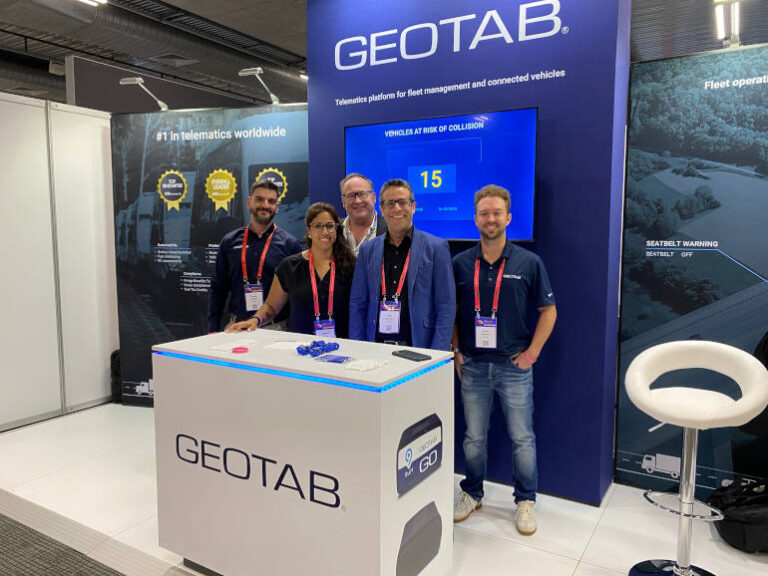Mike Branch, Vice President of Data & Analytics at Geotab, offered a global perspective on fleet management maturity and AI readiness during his interview at the 2025 Australasian Fleet Education and Leadership Summit. While his keynote explored the transformative impact of artificial intelligence, his exclusive interview with Fleet News Group provides a more grounded view of where different regions stand—and what they need to focus on next.
Australian Fleets: Emerging Teens on the AI Maturity Curve
Branch was quick to acknowledge that Australia is still maturing in its use of AI, describing the local industry as being in its “teenage phase.”
“From what I’ve seen and the talks I’ve had throughout the last couple of days here, I would say probably in that kind of teenage area,” he said. “There’s an appreciation for what’s going on with machine learning and predictive maintenance, and some of the work in predictive safety.”
This aligns with his AI maturity model presented during the Summit, where fleet management development moves from observational infancy, through alert-based toddler stages, toward a predictive teenage phase, and eventually into automation-led adulthood. For Australia, it’s a time of rapid learning, experimentation, and growing confidence—but still a step behind regions like Europe and North America.
Europe and North America: Leading with Embedded Telematics
In contrast, European fleets were described as slightly ahead. “Telematics has just been ingrained in everything Europe has been doing for many years,” Branch explained. “It’s very well entrenched, so people understand it very, very well, and they’re starting to build more and more on these use cases.”
North America shares a similar level of maturity, although the key difference, according to Branch, is that more fleet teams in these regions know how to align technology with business outcomes. “Some very mature fleets understand exactly what utilisation means for them, how to measure it… others less so,” he said.
The Importance of Defined Goals
One of Branch’s key insights—and a universal challenge across all regions—is that AI agents are only as effective as the goals they are given.
“You have to have, as a Fleet Manager, clarity in what goals very specifically you’re trying to achieve,” he stressed. “If you can’t measure every single piece, you’re going to have these agents go bananas.”
Branch provided a practical example: improving utilisation. “What is utilisation? Is it based on distance driven? Power on? There’s so much nuance. You can’t just say, ‘I want better utilisation.’ You’ve got to get more prescriptive.”
He noted that some fleets in Europe and the US are already using predictive KPIs, like collision or breakdown risk, as well-defined goals that AI agents can optimise. In less mature markets, including many in Australia, defining and standardising these metrics is a key next step.
What Comes Next?
Despite the variance in regional maturity, Branch remains optimistic: “If we do our jobs right, and we provide that trust, we provide that transparency… in the next three to five years, far more automation is what I’m most excited about.”
Whether a fleet is just beginning to experiment with AI or already deploying early-stage agents, the message is the same: clear goals and quality data are the universal foundations. And for those still unsure of where they stand, Branch offered a simple first step—try what’s already available.
“If you haven’t touched AI at all, one of the best use cases—just jump into ChatGPT. Start understanding and immersing yourself. Just start with baby steps.”






